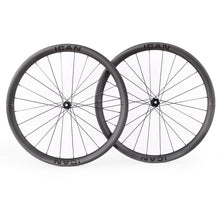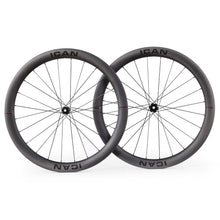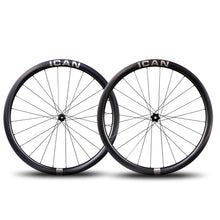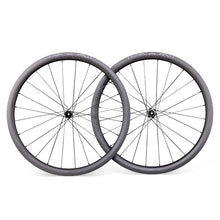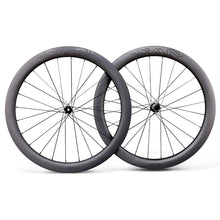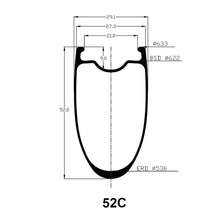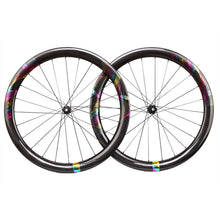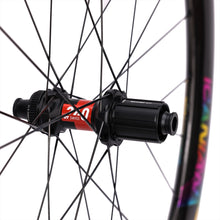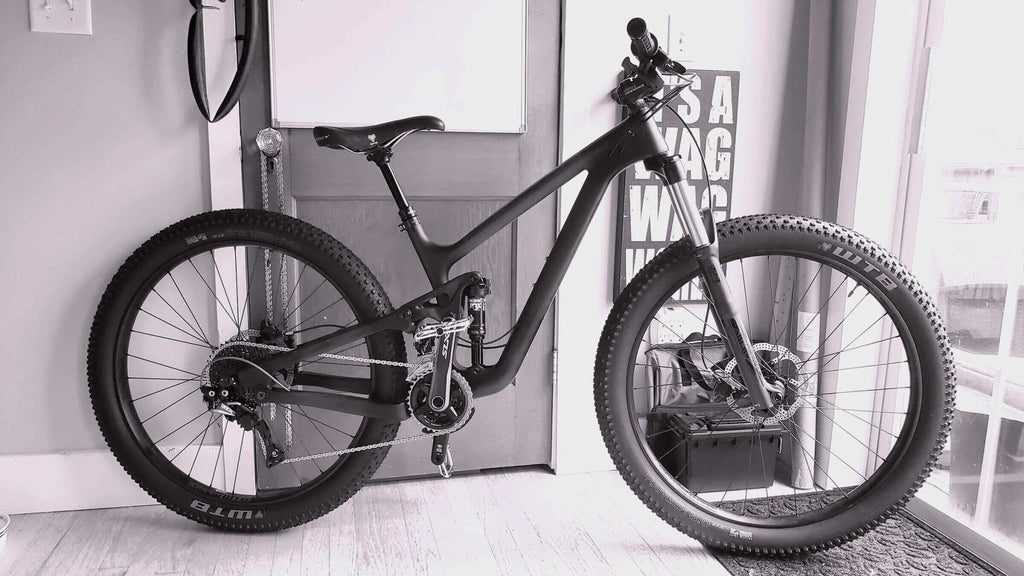Mountain biking used to be simple. You bought what was essentially a road bike with flat bars, and you went and rode about on a mountain. Sure, there were times when you had to hold on for dear life, wonder if you had really pulled your brakes, and the arm pump was intense. Slowly mountain bikes got better. Some got suspension, some got fat, some got slack, and some got super light. All of these changes make buying a mountain bike in 2019 confusing. To help ease this confusion we’ve put together a guide to our mountain bikes for 2019. TABLE OF CONTENTS What style of mountain bike do I need? What are mountain bike frames made from? Suspension Fork Wheel and tire Groupset Component Details Mountain Bike Fit Budget What style of mountain bike do I need? Mountain biking has diversified, and now you’ll more than likely be confused about what style of bike you need. The best way to work out what bike you need is to sit down and think about how you ride. Be honest with yourself, we’ll all like to slay we’re out there slaying double-diamond black runs, but the reality is that most of us aren't. You need a bike that suits the majority of riding that you do. You don’t want a full-on downhill bike if you mainly ride flowy blue trails. Buying the wrong style of bike is a great way to hate mountain biking, so, look through our tips and make sure your mountain biking is always fun. Trail Bikes Trail bikes are now the most ubiquitous style of mountain bike. They will generally be able to handle some of the rougher stuff, and they’ll still be light enough that they can cross in XC territory. They’ll be slightly slacker than an XC bike, not as slack as an enduro bike and will have suspension travel that fits somewhere in the middle. A trail bike will have between 120mm and 150mm of travel. This amount of travel will soften the majority of trails and will still allow a nice pedaling action and have geometry that you don’t have to be going Mach 10 to appreciate. A trail bike is a good choice for those of us who want to go and ride a trail center at the weekend with our friends. Cross-Country (XC) Bikes Cross-country bikes are designed to be fast. In order to be fast, they’ll be light. They’ll also be designed to pedal well, and for that reason, they’ll have the least amount of suspension travel on offer. You’ll find between 80mm and 120mm on the majority of XC bikes. If you want to race XC, then you’ll definitely want an XC bike. That doesn’t mean they are only good for racing. If you enjoy getting a load of miles in and taking on huge climbs, then an XC bike is for you. They are great for getting out and riding on all day, and you’ll not suffer from the extra weight added to the more burly bikes. All-Mountain/Enduro Bikes The all-mountain category is becoming the enduro category. Enduro racing has taken off, mainly because it is the form of racing that mimics most closely how the majority of us ride on a day to day basis. Enduro bikes have to be able to cope with riding downhill style trails, but they also have to be pedaled uphill. They are more gravity focused than a trail bike and as such will come with suspension travel between 150mm and 180mm. They will also feature slacker geometry, a burlier design, and a longer wheelbase. These facts will make riding an enduro bike at slow speeds less fun. They will make the bike seem much more stable at high speed though. You’ll want to get an enduro bike if you want to race or if you enjoy riding downhill super fast and don’t mind pedaling back up to earn your turns. Downhill/Park Bikes These bikes are al about high-speed downhill and hitting huge jumps. As this is there focus, you can expect to be pushing your bike uphill as that is not part of the design sheet. These bikes will not be fun for long days in the saddle, or a day of cruising trail centers. Park laps and uplift days, they will be the perfect bike. You’ll find park bikes that are fully rigid dirt jumpers, up to 200mm travel downhill bikes. They are a wide church, and again, you’ll need to pick the one that suits your riding style. Fat bikes Fat bikes are a niche all to themselves in mountain biking. They again will be anywhere from rigid models to full suspension models. Their defining characteristic will be their fat tires, though. These tires allow them to float across the top of surfaces that a standard mountain bike tire will have sunk into and pitched you over the bars. If you want to read a more in-depth breakdown of the difference between XC and trail bikes, we have a guide, just click the hyperlink. We also have an article you can read on the difference between trail and enduro bikes. If you want to know more about fat bikes, we have a fat bikes buyer’s guide. Have you come to a decision? You might have already decided which bike you need, but it is best to follow up by asking yourself a few questions to narrow down the answer to what you need. Why do you want to ride a bike? Where will you be riding most of the time? What is the weather and the terrain like in your area? How frequently will you be riding your bike? What is more critical for you, speed or comfort? These questions might lead you to different answers if you want to ride a bike as a fun way to get fit. Then a trail bike might seem like the obvious answer, but if you live somewhere, that snows a lot and is pretty wet all the time it might be worth looking at a fat bike. If you live somewhere that is the opposite of that weather then you might find an XC bike is more fun to ride. If you want to ride downhill fast, then an enduro bike might seem the answer. If your local area is quite tame and flowy then again you could look at an XC bike. Have a little think and then try and stay away from marketers are trying to sell you. Let your local terrain sell you your next bike. What are mountain bike frames made from? Material Mountain bikes frames are commonly constructed from either carbon fiber, aluminum, titanium, steel or a combination of these materials. These materials all have their own pros and cons. Steel and aluminum are the most common material choices in the budget to mid ranges of bikes. Then carbon and titanium take over as we reach high-end bikes. There are a few things to think about when you consider which material you’d like your frames to be constructed using. Your weight How long you plan on owning your bike Your bank account Where you will be riding Steel will be the cheapest material from which to buy a frame constructed. The cheaper steel frames will be strong, but they will be heavy. Steel does get lighter as it gets more expensive, but it’ll never be as light as a carbon fiber or titanium frame. Aluminum will be lighter than steel, and it will be slightly more expensive. It will also have a much shorter fatigue life than steel, carbon, and titanium. Titanium is the most expensive of the metal options, but it will be the lightest. Carbon fiber used to be as expensive as titanium, but as other companies and ourselves get more efficient at constricting bike frames from it, the price is coming down. We pass these savings on to you, and other brands may not. You’ll also find that like steel and titanium that carbon doesn’t have a fatigue life, essentially they can all last ...
Read more
